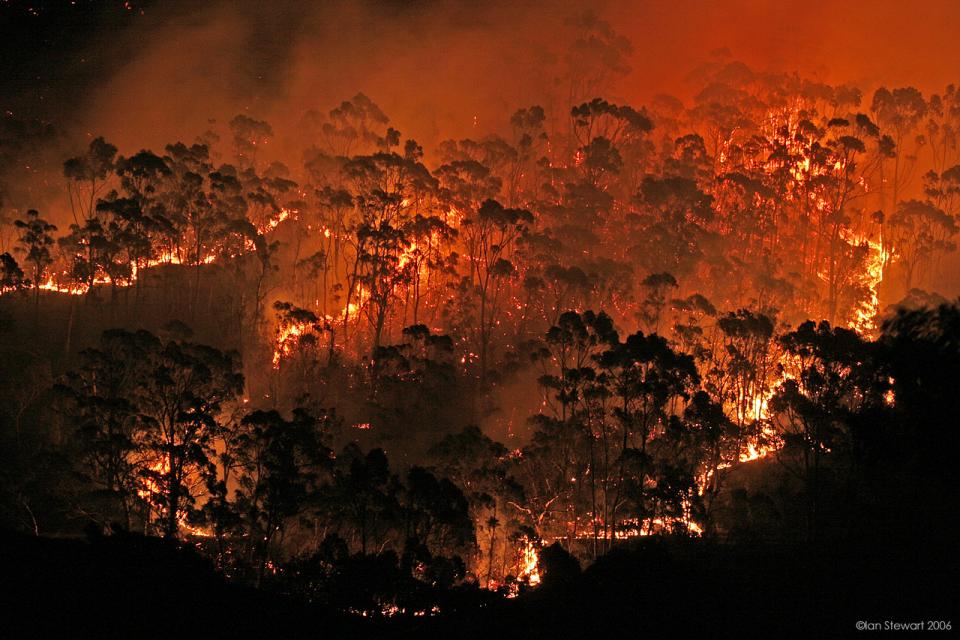
PUBLICATIONS
Published works

Investigation of spotting and intrinsic fire dynamics using a coupled atmosphere-fire modelling framework
| Title | Investigation of spotting and intrinsic fire dynamics using a coupled atmosphere-fire modelling framework |
| Publication Type | Thesis |
| Year of Publication | 2019 |
| Authors | Thomas, CM |
| Academic Department | Science |
| Degree | Doctor of Philosophy |
| Date Published | 10/2019 |
| University | University of New South Wales |
| City | Sydney |
| Thesis Type | Doctorate |
| Keywords | bushfire dynamics, bushfires, Fire, fire modelling, framework, spotting |
| Abstract | Large plume-driven wildres are among the most destructive and unpredictable of all natural hazards. A prerequisite for the development of the deep convection characteristic of these res is the existence of a large area of active aming, also known as deep aming. There are a number of processes associated with the development of deep aming; many involve some form of dynamic re behaviour, in which dramatic changes in re behaviour can occur with little or no change in ambient conditions. Another important driver of deep aming is intense spotting and spot-re coalescence, which itself involves dynamic re behaviour. It is difficult to model dynamic re behaviour in a computationally efficient way; it cannot be modelled with existing operational re-spread models. This thesis is concerned with the modelling of dynamic re behaviour, and the modelling of ember transport in turbulent plumes. A coupled atmosphere framework is used to model junction res (the merging of two separate relines at an acute angle), and the fundamental processes causing the asociated dynamic behaviour are identied. The idea that reline curvature can act as a proxy for some of the processes underlying dynamic re behaviour is critically examined, and rejected. A recently-developed simple coupled model, the pyrogenic-potential model, is discussed. It is found to produce results comparable with that of a coupled atmosphere model in simple test cases involving the ignition of res along circular arcs. The pyrogenic-potential model can capture some forms of dynamic behaviour, and is efficient enough to be used operationally. To study ember transport in turbulent plumes, a large eddy model is used to simulate the plume from a static heat source, and the resulting wind eld is used to model the transport of embers under various assumptions. It is shown that the terminal-velocity assumption, in which embers are assumed to always move at their terminal velocity with respect to the wind eld, leads to an overestimate of emberlanding densities at medium to long ranges. This has important implications for the stochastic modelling of spot-re development. |
Published Works


